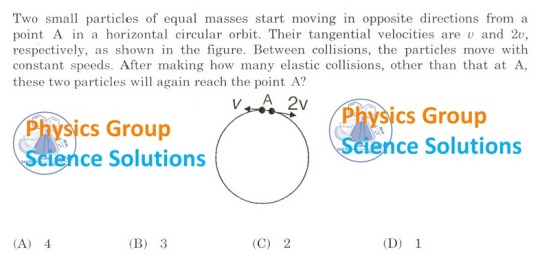#Collisions
Photo
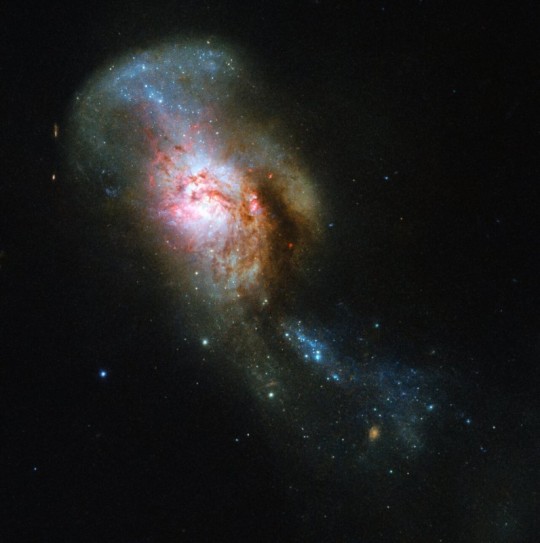
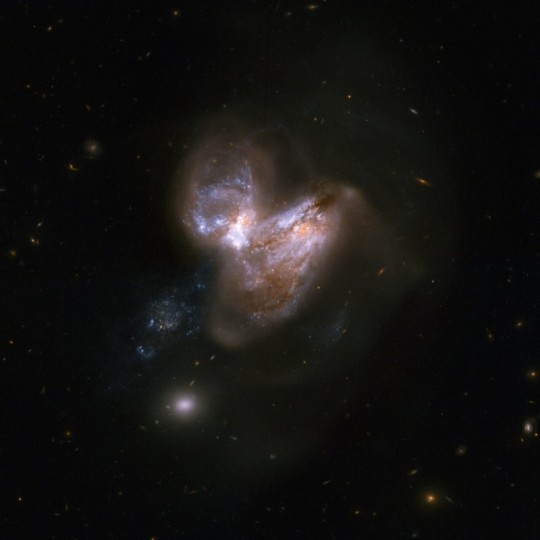

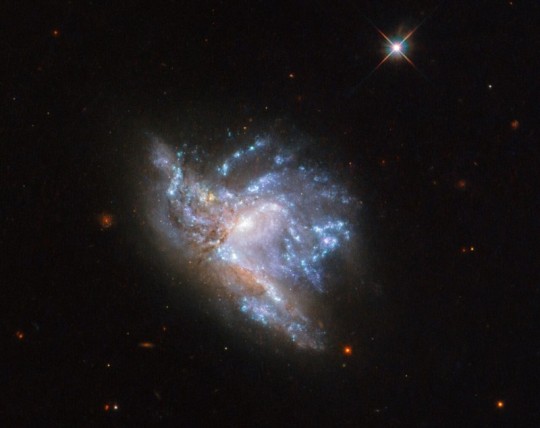
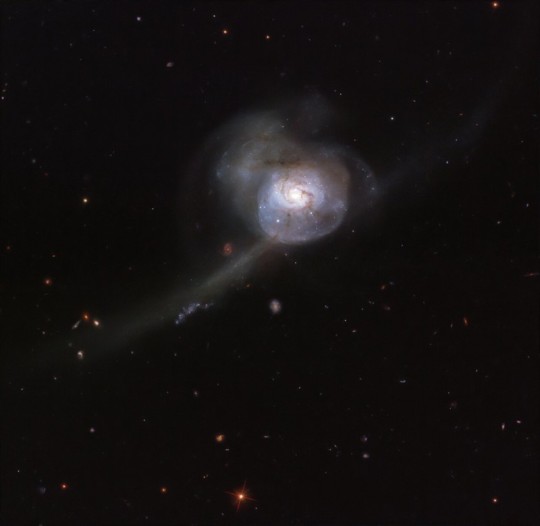
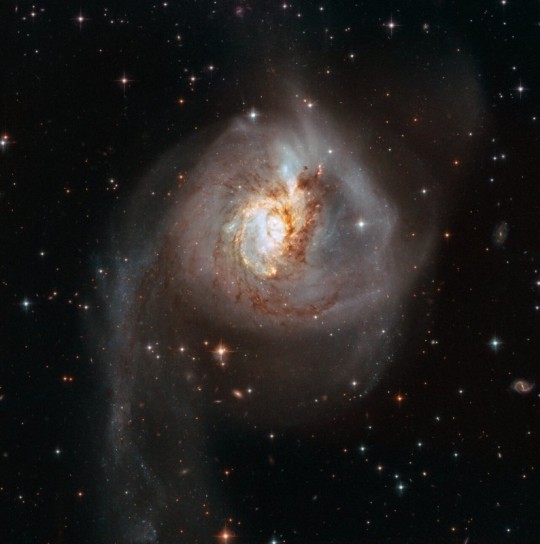
Great Galaxy Collisions
#Astronomy#NASA#Night#Sky#Stars#Space#Science#Universe#Cosmos#Cosmic#Solar System#Great#Galaxy#Galaxies#Collisions#Nebula#Constellations#Constellation#Rainbow#Bright
2K notes
·
View notes
Photo



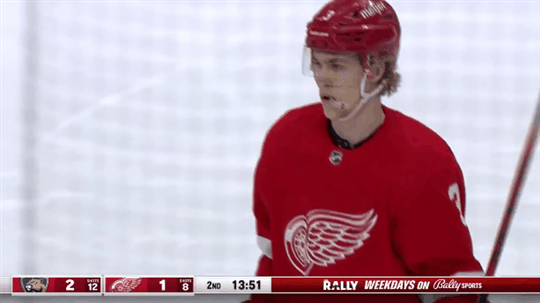
Ken: “Mouth guards are just chew toys, that’s all they are...”
Mickey: “Maybe they come in different flavors?”
Wings vs Panthers - March 20, 2023
#detroit red wings#red wings#hockeytown#hockey#ken daniels#mickey redmond#simon edvinsson#nhl blues#march 2023#wings 2023#march 20th 2023#lolz#detroitredwings#Collisions#collisions 2023#matthew tkachuk
87 notes
·
View notes
Text
Great Colorado Sun article about skiing and board injuries over the past five years
However, there is an inference from the interviews that is incorrect. The ski patrol is not trained, licensed, or allowed to chase down people in skier v. skier collisions.
Analyzing 5 years of injuries, crashes and hit-and-runs at Colorado ski areas by Jason Blevins
Skier v. Skier collision is the term used to describe any collision between a skier, snowboarder, ski bike, or any other form of…
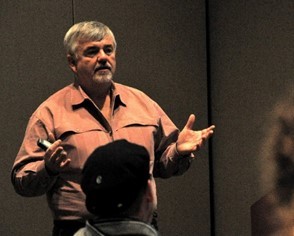
View On WordPress
2 notes
·
View notes
Text
Still thinking about the crash at crush.
That was some hilariously convoluted shit.
For context.
I always thought it took place in the very early 20th century.
Like 1902 ish. But apparently it was in 1896.
Idk.
Shit happens I guess.
#personal stuff#dougie rambles#history#trains#train crash#texas#publicity stunt#spectacle#railroad#explosion#train wreck#oddly specific#crazy shit#shit happens#crash at crush#collisions#circa 1902#1902#chicanery#shenanigans#fuckery#early 20th century
2 notes
·
View notes
Text
Open-Source Platform Cuts Costs for Running AI - Technology Org
New Post has been published on https://thedigitalinsider.com/open-source-platform-cuts-costs-for-running-ai-technology-org/
Open-Source Platform Cuts Costs for Running AI - Technology Org
Cornell researchers have released a new, open-source platform called Cascade that can run artificial intelligence (AI) models in a way that slashes expenses and energy costs while dramatically improving performance.
Artificial intelligence hardware – artistic interpretation. Image credit: Alius Noreika, created with AI Image Creator
Cascade is designed for settings like smart traffic intersections, medical diagnostics, equipment servicing using augmented reality, digital agriculture, smart power grids and automatic product inspection during manufacturing – situations where AI models must react within a fraction of a second. It is already in use by College of Veterinary Medicine researchers monitoring cows for risk of mastitis.
With the rise of AI, many companies are eager to leverage new capabilities but worried about the associated computing costs and the risks of sharing private data with AI companies or sending sensitive information into the cloud – far-off servers accessed through the internet.
Also, today’s AI models are slow, limiting their use in settings where data must be transferred back and forth or the model is controlling an automated system.
A team led by Ken Birman, professor of computer science in the Cornell Ann S. Bowers College of Computing and Information Science, combined several innovations to address these concerns.
Birman partnered with Weijia Song, a senior research associate, to develop an edge computing system they named Cascade. Edge computing is an approach that places the computation and data storage closer to the sources of data, protecting sensitive information. Song’s “zero copy” edge computing design minimizes data movement.
The AI models don’t have to wait to fetch data when reacting to an event, which enables faster responses, the researchers said.
“Cascade enables users to put machine learning and data fusion really close to the edge of the internet, so artificially intelligent actions can occur instantly,” Birman said. “This contrasts with standard cloud computing approaches, where the frequent movement of data from machine to machine forces those same AIs to wait, resulting in long delays perceptible to the user.”
Cascade is giving impressive results, with most programs running two to 10 times faster than cloud-based applications, and some computer vision tasks speeding up by factors of 20 or more. Larger AI models see the most benefit.
Moreover, the approach is easy to use: “Cascade often requires no changes at all to the AI software,” Birman said.
Alicia Yang, a doctoral student in the field of computer science, was one of several student researchers in the effort. She developed Navigator, a memory manager and task scheduler for AI workflows that further boosts performance.
“Navigator really pays off when a number of applications need to share expensive hardware,” Yang said. “Compared to cloud-based approaches, Navigator accomplishes the same work in less time and uses the hardware far more efficiently.”
In CVM, Parminder Basran, associate research professor of medical oncology in the Department of Clinical Sciences, and Matthias Wieland, Ph.D. ’21, assistant professor in the Department of Population Medicine and Diagnostic Sciences, are using Cascade to monitor dairy cows for signs of increased mastitis – a common infection in the mammary gland that reduces milk production.
By imaging the udders of thousands of cows during each milking session and comparing the new photos to those from past milkings, an AI model running on Cascade identifies dry skin, open lesions, rough teat ends and other changes that may signal disease. If early symptoms are detected, cows could be subjected to a medicinal rinse at the milking station to potentially head off a full-blown infection.
Thiago Garrett, a visiting researcher from the University of Oslo, used Cascade to build a prototype “smart traffic intersection.”
His solution tracks crowded settings packed with people, cars, bicycles and other objects, anticipates possible collisions and warns of risks – within milliseconds after images are captured. When he ran the same AI model on a cloud computing infrastructure, it took seconds to sense possible accidents, far too late to sound a warning.
With the new open-source release, Birman’s group hopes other researchers will explore possible uses for Cascade, making AI applications more widely accessible.
“Our goal is to see it used,” Birman said. “Our Cornell effort is supported by the government and many companies. This open-source release will allow the public to benefit from what we created.”
Source: Cornell University
You can offer your link to a page which is relevant to the topic of this post.
#A.I. & Neural Networks news#agriculture#ai#ai model#applications#approach#artificial#Artificial Intelligence#artificial intelligence (AI)#augmented reality#Bicycles#Cars#cascade#Cloud#cloud computing#cloud computing infrastructure#collisions#Companies#computation#computer#Computer Science#Computer vision#computing#dairy#data#data storage#Design#Developments#diagnostics#Disease
2 notes
·
View notes
Text
A very detailed blog post about collisions inspired me to write a bit about using physics sims for procgen, and how it is important to give generative artifacts an actual history.
9 notes
·
View notes
Photo

7:56 AM EDT April 29, 2023:
Calla - "Stumble"
From the album Collisions
(September 27, 2005)
Last song scrobbled from iTunes at Last.fm
File under: Lo-fi
2 notes
·
View notes
Video
DSC_3962 Elective Affinities/Light/Time/Medium/Sound by Russell Moreton
Via Flickr:
Substance and Mixture 4:10 Collisions 5:20 Intrication 4:10 Eclipse 6:57 Valence 4:19 Discontinuity Function 3:12 Solubility 5:51 Closure 5:08 Andrea Parkins : accordion, objects, electronics. Matthew Ostrowski : electronics. Infre-quentseams 21 2018
#Russell Moreton#visual art#elective affinities#Andrea Parkins#Matthew Ostrowski#cyanotype#substance and mixture#collisions#eclipse#gathering forms#observatory#daylight obscured#flickr
3 notes
·
View notes
Text
2 notes
·
View notes
Text
Collision in Two Dimensions Apparatus-Momentum, Kinetic Energy Study
Collision In Two Dimensions Apparatus is designed for students to study conservation of momentum and kinetic energy change in collisions. It can also be used to investigate elastic and inelastic collisions.This Collision In Two Dimensions Apparatus comprises a curved aluminum track mounted vertically on a 25cm length and 10cm width flat metal base with an adjustable target support.The track includes an 22cm length inclined section and a 8cm length straight section.
A steel ball in is held at the top of a curved aluminum track.When the ball is released, it travels down the track and collides with another ball placed on an adjustable target support.Students then observe how the two balls fall. A plumb bob attached to the target support provides height of point of collision from the ground and the position on the ground that corresponds to the point of collision.
The Collision In Two Dimensions Apparatus comes with a steel ball, a glass ball, a lightweight and instructions. Includes a clamp to attach to a table.
#COLLISIONS#ELASTIC#FORCES & MOTION#INELASTIC#MECHANICES#MOMENTUM#teaching apparatus#educational equipments#technical training equipments#lab supplies
0 notes
Text
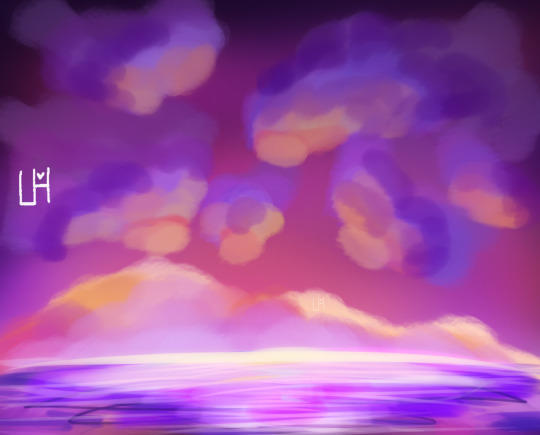
Funky Collisions🩷🧡💛🤍💜💙
Used: ibs paint X and my finger
#positive mental attitude#positivity#confusion#clashing#collisions#digital art#artwork#art#digital drawing#digital painting#digital illustration#calmness#unsettled#random#LushHave
1 note
·
View note
Text

0 notes
Photo




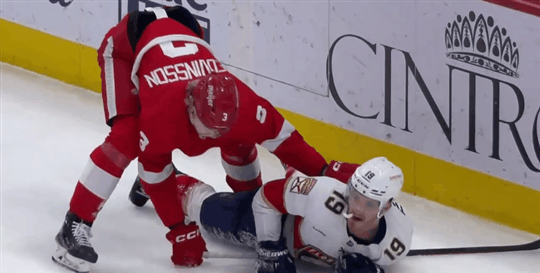

Scuffles - Wings vs Panthers - March 20, 2023
#detroit red wings#simon edvinsson#hockey#hockeytown#matthew tkachuk#march 2023#wings 2023#march 20th 2023#Scuffles#scuffles 2023#andrew copp#pius suter#jonatan berggren#Robert Hagg#Collisions#collisions 2023#red wings
70 notes
·
View notes
Text
Understanding Different Degrees of Car Accidents: The Impact on Your Insurance
Car Accidents
Car accidents can happen to anyone at any time. Some accidents may be minor, while others may be more severe and result in serious injuries or even death.
When accidents occur, insurance companies need to determine the accident’s severity to assess the damage and costs of the insurance claims.
Understanding the different degrees of car accidents, their causes, and consequences can…

View On WordPress
0 notes
Text
Creative collisions: Crossing the art-science divide
New Post has been published on https://thedigitalinsider.com/creative-collisions-crossing-the-art-science-divide/
Creative collisions: Crossing the art-science divide
MIT has a rich history of productive collaboration between the arts and the sciences, anchored by the conviction that these two conventionally opposed ways of thinking can form a deeply generative symbiosis that serves to advance and humanize new technologies.
This ethos was made tangible when the Bauhaus artist and educator György Kepes established the MIT Center for Advanced Visual Studies (CAVS) within the Department of Architecture in 1967. CAVS has since evolved into the Art, Culture, and Technology (ACT) program, which fosters close links to multiple other programs, centers, and labs at MIT. Class 4.373/4.374 (Creating Art, Thinking Science), open to undergraduates and master’s students of all disciplines as well as certain students from the Harvard Graduate School of Design (GSD), is one of the program’s most innovative offerings, proposing a model for how the relationship between art and science might play out at a time of exponential technological growth.
Now in its third year, the class is supported by an Interdisciplinary Class Development Grant from the MIT Center for Art, Science and Technology (CAST) and draws upon the unparalleled resources of MIT.nano; an artist’s high-tech toolbox for investigating the hidden structures and beauty of our material universe.
Play video
Creating Art, Thinking Science Class at MIT
Video: Arts at MIT
High ambitions and critical thinking
The class was initiated by Tobias Putrih, lecturer in ACT, and is taught with the assistance of Ardalan SadeghiKivi MArch ’23, and Aubrie James SM ’24. Central to the success of the class has been the collaboration with co-instructor Vladimir Bulović, the founding director of MIT.nano and Fariborz Maseeh Chair in Emerging Technology, who has positioned the facility as an open-access resource for the campus at large — including MIT’s community of artists. “Creating Art, Thinking Science” unfolds the 100,000 square feet of cleanroom and lab space within the Lisa T. Su Building, inviting participating students to take advantage of cutting-edge equipment for nanoscale visualization and fabrication; in the hands of artists, devices for discovering nanostructures and manipulating atoms become tools for rendering the invisible visible and deconstructing the dynamics of perception itself.
The expansive goals of the class are tempered by an in-built criticality. “ACT has a unique position as an art program nested within a huge scientific institute — and the challenges of that partnership should not be underestimated,” reflects Putrih. “Science and art are wholly different knowledge systems with distinct historical perspectives. So, how do we communicate? How do we locate that middle ground, that third space?”
An evolving answer, tested and developed throughout the partnership between ACT and MIT.nano, involves a combination of attentive mentorship and sharing of artistic ideas, combined with access to advanced technological resources and hands-on practical training.
“MIT.nano currently accommodates more than 1,200 individuals to do their work, across 250 different research groups,” says Bulović. “The fact that we count artists among those is a matter of pride for us. We’ve found that the work of our scientists and technologists is enhanced by having access to the language of art as a form of expression — equally, the way that artists express themselves can be stretched beyond what could previously be imagined, simply by having access to the tools and instruments at MIT.nano.”
A playground for experimentation
True to the spirit of the scientific method and artistic iteration, the class is envisioned as a work in progress — a series of propositions and prototypes for how dialogue between scientists and artists might work in practice. The outcomes of those experiments can now be seen installed in the first and second floor galleries at MIT.nano. As part of the facility’s five-year anniversary celebration, the class premiered an exhibition showcasing works created during previous years of “Creating Art, Thinking Science.”
Visitors to the exhibition, “zero.zerozerozerozerozerozerozerozeroone” (named for the numerical notation for one nanometer), will encounter artworks ranging from a minimalist silicon wafer produced with two-photon polymerization (2PP) technology (“Obscured Invisibility,” 2021, Hyun Woo Park), to traces of an attempt to make vegetable soup in the cleanroom using equipment such as a cryostat, a fluorescing microscope, and a Micro-CT scanner (“May I Please Make You Some Soup?,” 2022, Simone Lasser).
These works set a precedent for the artworks produced during the fall 2023 iteration of the class. For Ryan Yang, in his senior year studying electrical engineering and computer science at MIT, the chance to engage in open discussion and experimental making has been a rare opportunity to “try something that might not work.” His project explores the possibilities of translating traditional block printing techniques to micron-scale 3D-printing in the MIT.nano labs.
Yang has taken advantage of the arts curriculum at MIT at an early stage in his academic career as an engineer; meanwhile, Ameen Kaleem started out as a filmmaker in New Delhi and is now pursuing a master’s degree in design engineering at Harvard GSD, cross-registered at MIT.
Kaleem’s project models the process of abiogenesis (the evolution of living organisms from inorganic or inanimate substances) by bringing living moss into the MIT.nano cleanroom facilities to be examined at an atomic scale. “I was interested in the idea that, as a human being in the cleanroom, you are both the most sanitized version of yourself and the dirtiest thing in that space,” she reflects. “Drawing attention to the presence of organic life in the cleanroom is comparable to bringing art into spaces where it might not otherwise exist — a way of humanizing scientific and technological endeavors.”
Consciousness, immersion, and innovation
The students draw upon the legacies of landmark art-science initiatives — including international exhibitions such as “Cybernetic Serendipity” (London ICA, 1968), the “New Tendencies” series (Zagreb, 1961-73), and “Laboratorium” (Antwerp, 1999) — and take inspiration from the instructors’ own creative investigations of the inner workings of different knowledge systems. “In contemporary life, and at MIT in particular, we’re immersed in technology,” says Putrih. “It’s the nature of art to reveal that to us, so that we might see the implications of what we are producing and its potential impact.”
By fostering a mindset of imagination and criticality, combined with building the technical skills to address practical problems, “Creating Art, Thinking Science” seeks to create the conditions for a more expansive version of technological optimism; a culture of innovation in which social and environmental responsibility are seen as productive parameters for enriched creativity. The ripple effects of the class might be years in the making, but as Bulović observes while navigating the exhibition at MIT.nano, “The joy of the collaboration can be felt in the artworks.”
#000#2022#2023#250#3d#anniversary#architecture#Art#artists#Arts#atomic#atomic scale#atoms#attention#Building#career#Center for Art#Science and Technology#Classes and programs#Collaboration#collisions#Community#computer#Computer Science#consciousness#creativity#cutting#Design#development#devices
0 notes

